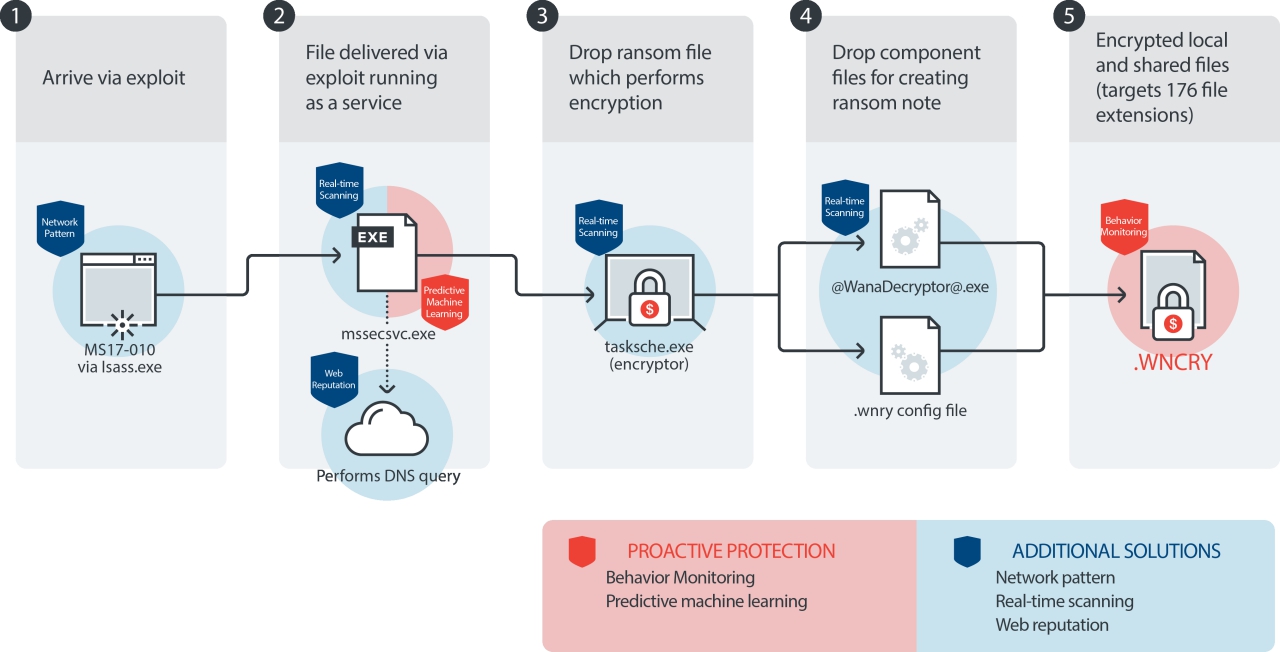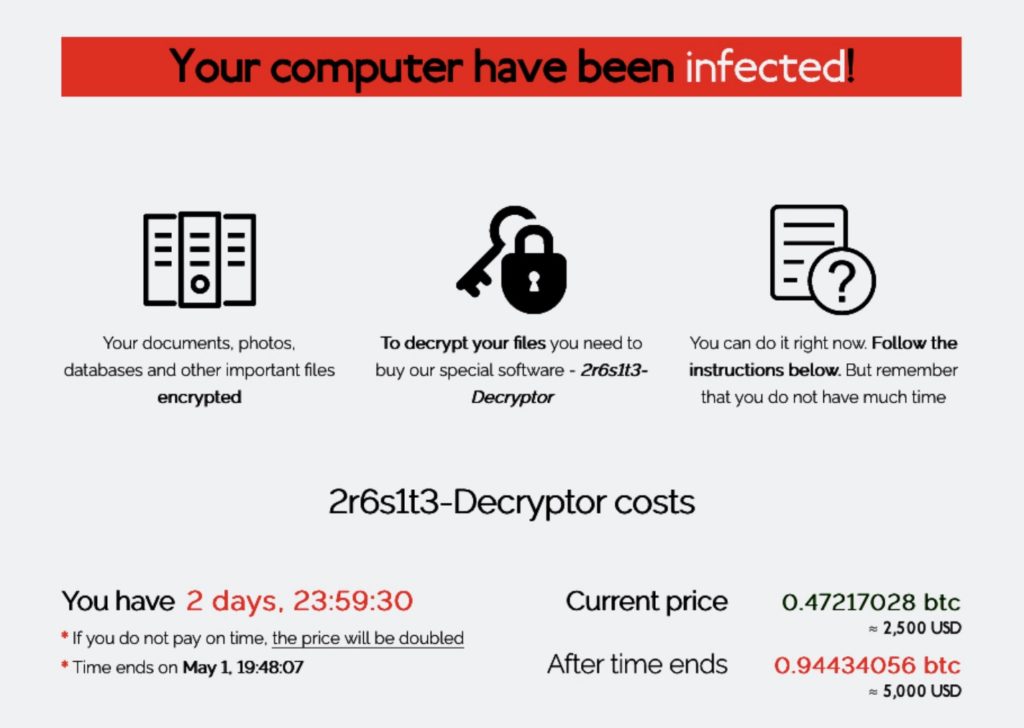

What is Ransomeware attack & How it is done?
Ransomware is a type of cyber attack in which an attacker gains unauthorized access to a computer system or network, encrypts the data stored on it, and demands a ransom payment in exchange for a decryption key. The attacker threatens to permanently delete or publish the encrypted data if the ransom is not paid.
Ransomware attacks can have a devastating impact on organizations, as they can result in significant financial losses, downtime, and the loss of important data. Movie post-production companies, which often store large amounts of sensitive data, such as rough cuts of films, are particularly vulnerable to ransomware attacks.
In a movie post-production scenario, an attacker could gain access to a company's computer system, encrypt their data, and demand a ransom in exchange for the decryption key. This could result in the company being unable to access their data and work on the movie, leading to significant financial losses and potentially causing damage to their reputation.
To protect against ransomware attacks, it is important for organizations to have strong cybersecurity measures in place, such as regularly backing up important data, keeping software up to date, and providing employee education and training on recognizing and avoiding such attacks.
Process :
The process of ransomware attacks typically involves the following steps:
1.Initial Infection:> The attacker infects the target's computer or network with malware, often through phishing emails or exploiting vulnerabilities in software.
2.Encryption:> The malware encrypts sensitive files and data on the target's computer or network, making them inaccessible to the user.
3.Demand for Payment: The attacker then demands a ransom payment, usually in the form of cryptocurrency, in exchange for the decryption key.
4.Spread to other systems:> If the ransomware infects a network, it may spread to other connected systems, compromising more files and data.
5.Payment or Non-Payment:> If the ransom is paid, the attacker may or may not provide the decryption key. If the ransom is not paid, the attacker may release the encrypted data publicly or sell it on the dark web.
Awareness on Ransomeware for Post-production
- Understanding ransomware
- Regular data backups.
- Disaster recovery plan
- Employee education
- Strong passwords
- Network security
Case Study :-
A movie post-production company, "PostPro", had been working on a high-budget movie for months. One day, the company's IT team discovered that their systems had been infected with a ransomware virus. The attackers had encrypted all of the company's files, including the movie project they had been working on. The attackers demanded a large ransom payment in exchange for the decryption key. PostPro was faced with a difficult decision. If they paid the ransom, there was no guarantee that the attackers would actually provide the decryption key. On the other hand, if they didn't pay the ransom, they could lose all of the work they had put into the movie project. In addition, the ransom demand would impact the company's finances and reputation. PostPro had not been regularly backing up their data and did not have a robust disaster recovery plan in place. They were forced to pay the ransom and wait for the decryption key. The attackers eventually provided the key, but not before causing significant downtime and financial losses for PostPro. This hypothetical scenario highlights the importance of being prepared for a ransomware attack. By regularly backing up data, having a disaster recovery plan, and educating employees on safe computing practices, companies can minimize the impact of a ransomware attack.